Instructional Series
This site will be closing soon as its content has moved to Tāhūrangi.
2024 titles are available on Tāhūrangi. Use the filters to find specific series.
Find Literacy resources at Tāhūrangi - Literacy.
Welcome to the English medium literacy instructional series teaching and learning resources for years 1 to 8.
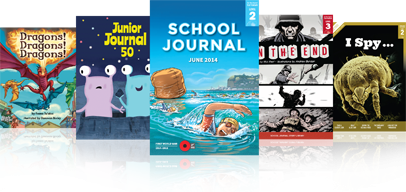
- 3
- 2
- 4
- 4
- 6
- 5
- 8
- 7
- Social Sciences
- English
- Health and Physical Education
- Science
- The Arts
- Technology
- Fiction
- Non-fiction
- Stories
- Articles
- Poems
- Plays
Search results
51 items - Showing 11 - 20
-
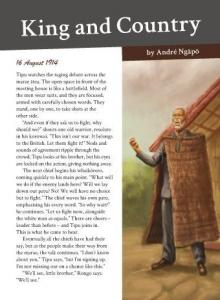
King and Country
by André Ngāpō
illustrations by Andrew Burdan
This fictionalised story is based on the controversial issue of Māori fighting for the British Empire during the First World War. Students will need some knowledge about the history of our race relations and, in particular, the colonisation of Aotearoa by the British.
-
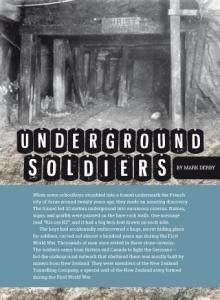
Underground Soldiers
by Ashleigh Young
In a straightforward report (supported with period photographs, a map, and a detailed diagram), this article shows the huge risks that were taken by New Zealand tunnellers during the First World War. The job of the tunnellers was to attack German positions from underground and so reduce the risks to Allied soldiers in no-man’s land. The tunnels also provided areas where wounded soldiers could be treated.
-
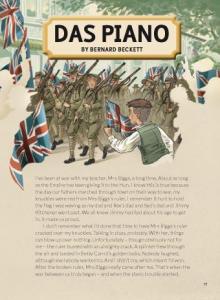
Das Piano
by Bernard Beckett
This dark, humorous narrative is set during the First World War and, through exaggeration, shows the effects of extreme patriotism that can appear in wartime. Thomas, the narrator, hates Mrs Biggs, his teacher. He also hates singing. When Mrs Biggs finds him playing Catch the German, she punishes him by making him sing in front of the mayor. Thomas’s desperate attempt to avoid singing has unexpected results when Mrs Biggs and the mayor decide to smash the piano – because it was made in Germany.
-
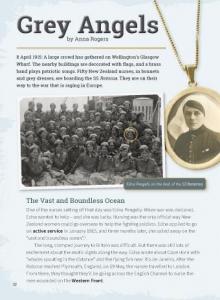
Grey Angels
by Anna Rogers
Although students will be aware of the role soldiers play in wartime, few will know about the role of nurses. This article describes the work
of New Zealand nurses who travelled to Africa and Europe during the First World War. -
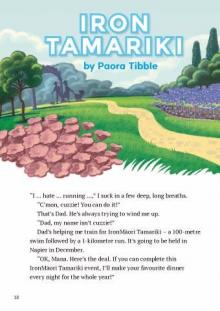
Iron Tamariki
by Paora Tibble
Mana hates running, but he’s training to compete in the Iron-Māori Tamariki. His dad is sure he can do it. On the day, his whānau is there in support, and Mana is very happy with the result.
-
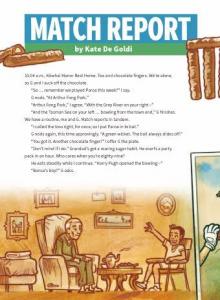
Match Report
by Kate De Goldi
illustrations by Gavin Mouldey
This tale of a boy telling his grandfather about a cricket match sounds simple, but the clever text structure and extensive use of the language of cricket makes it a very rich text that can be revisited many times for different purposes. The theme of relationships between the generations is conveyed powerfully and in ways that students will recognise.
-
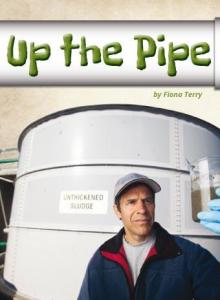
Up the Pipe
by Fiona Terry
“Up the Pipe” shows real scientists in action, working on a project that has direct relevance to our daily lives. Dr Louis Tremblay and his team investigate the sludge at sewage treatment plants and go “up the pipe” to find out what goes down household drains. They want to raise public awareness of the harmful chemicals we may be using every day and convince us to use products that are less harmful to our environment.
-
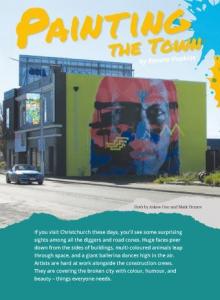
Painting the Town
by Renata Hopkins
After the earthquakes in Christchurch, many public facilities were suddenly not available. The article, “Painting the Town” describes how artists have provided people with other ways of experiencing the city by using the walls and streets as their “gallery”. In doing this, they have given people experiences that can help them cope with the difficulties of living in a ruined city.
-
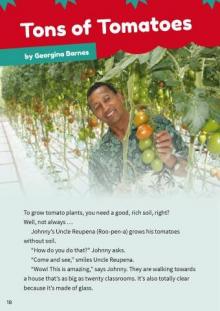
Tons of Tomatoes
by Georgina Barnes
“Tons of Tomatoes” shows readers inside a hydroponics glasshouse, where Johnny’s Uncle Reupena grows tomatoes. Along with Johnny, readers learn about hydroponics. Students will be able to make connections and comparisons with what they already know about growing plants. The article is well illustrated with photographs and is supported by an interview with Uncle Reupena.
-
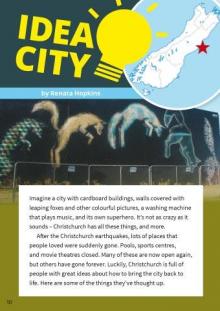
Idea City
by Renata Hopkins
After the quakes that destroyed much of Christchurch, many people came up with ideas to help bring the city back to life. This article recounts several of these ideas, many of which were small, temporary installations designed to raise people’s spirits. Note: Be sensitive to your students’ feelings as some may be experiencing difficulties post the earthquakes.








 Literacy Online home
Literacy Online home
